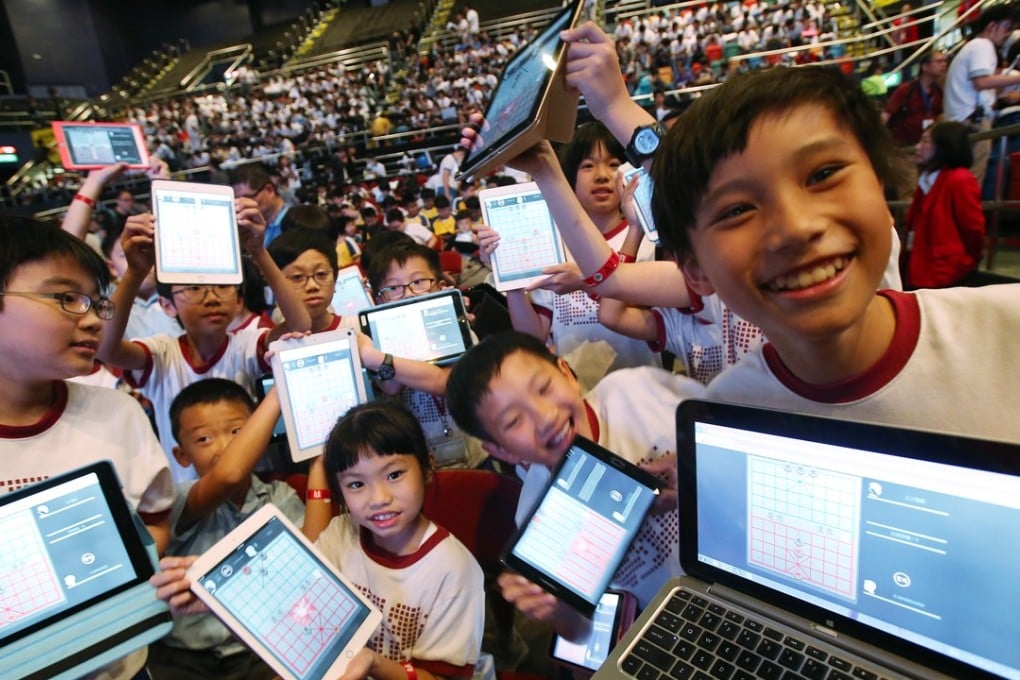Artificial intelligence can create smarter classrooms and students – but it won’t replace teachers
Winnie Tang says AI can take the drudgery out of teaching, while also identifying students’ interests and potential in a scientific way, but there’s no substitute for good mentors and guides

Second, virtual teaching assistants can be used to answer many frequently asked questions. In 2014, a professor from the US Georgia Institute of Technology created a robot teaching assistant that provided responses to students’ online questions for five months without students noticing.
Third, once a successful formula is identified, adaptive learning solutions can be applied to deliver the right content, at the right time, in the best way to each student, according to his or her individual learning preferences and progress.
Meet Aidam, the Chinese robot who can help you ace mathematics
Chinese facial recognition start-up eyes global opportunities beyond public security
Fourth, we can apply computer vision and deep learning to detect signs of students’ disengagement by tracking their eye movements and mouse activity, while observing their expressions to check whether they are engaged, confused or bored; also, count how many times they answer a question correctly or how long it takes them to do so.